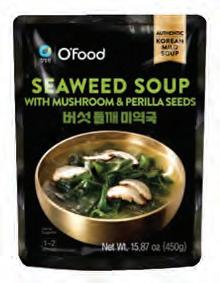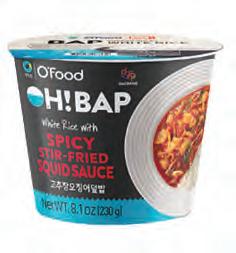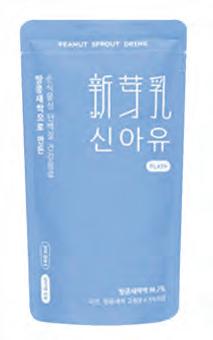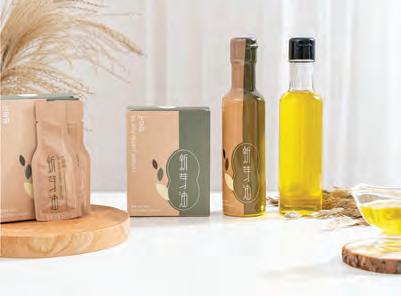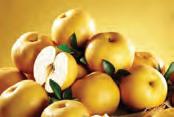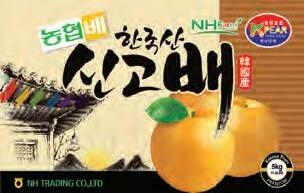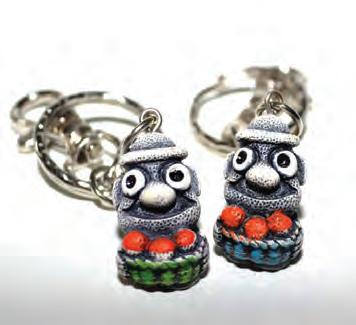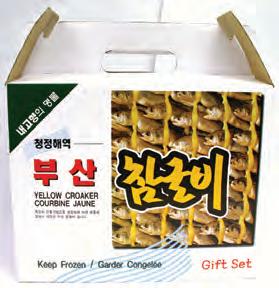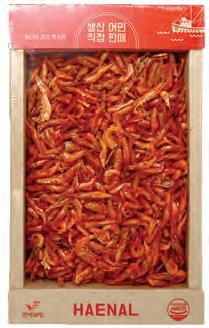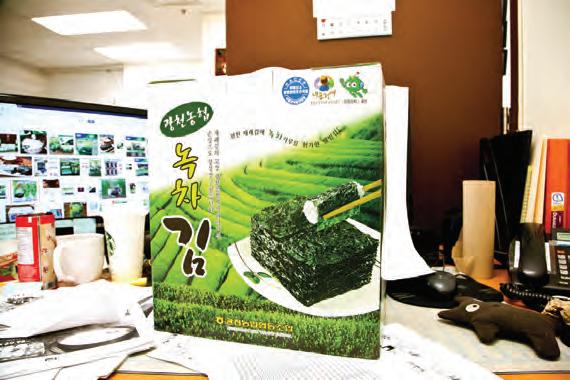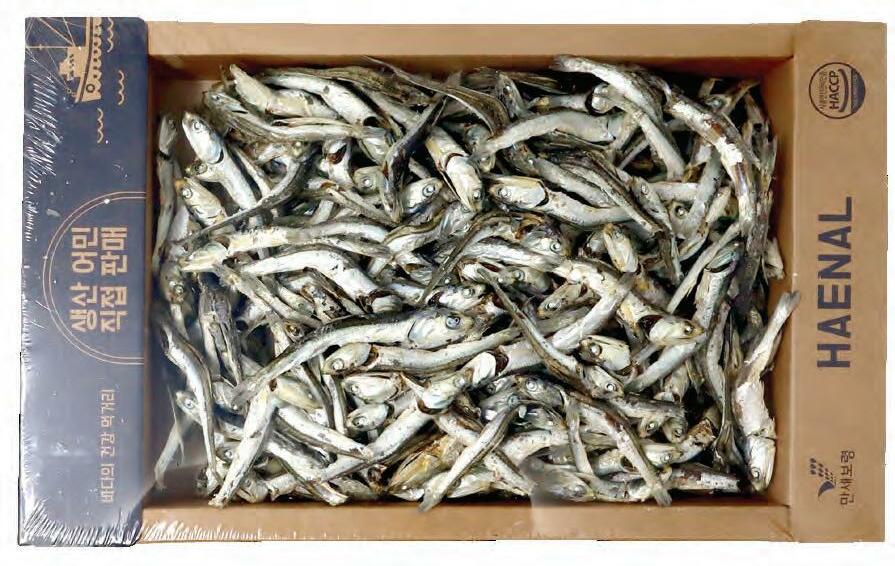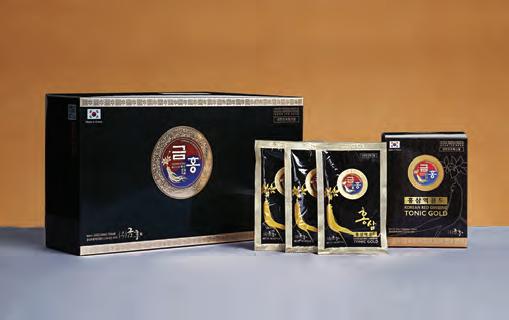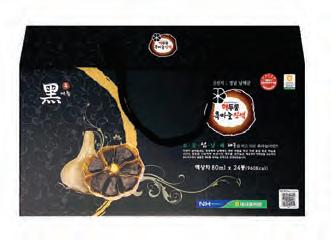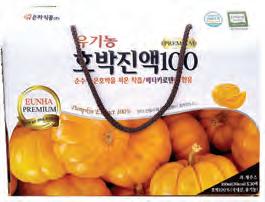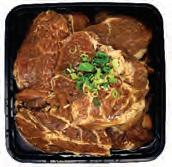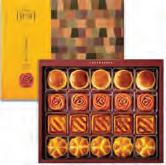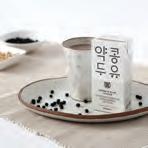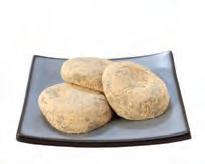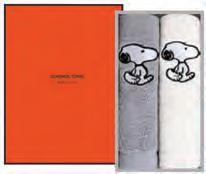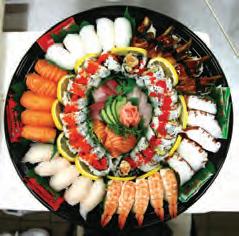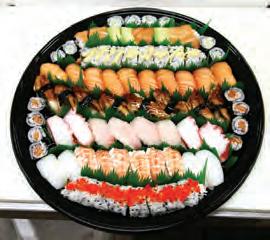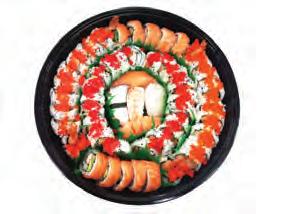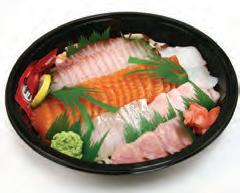




외부필자 원고는 편집부의 공식견해와 다 를 수 있습니다. 무단 복제와 전재를 금합니다.
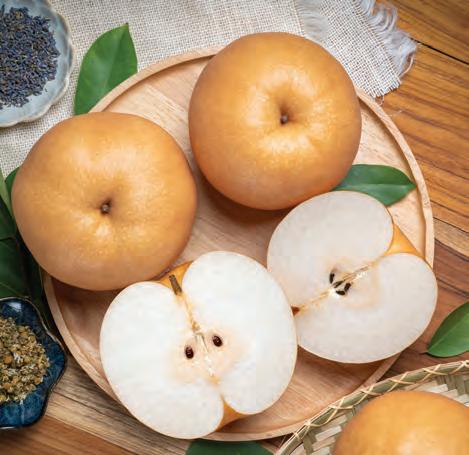











외부필자 원고는 편집부의 공식견해와 다 를 수 있습니다. 무단 복제와 전재를 금합니다.






The earliest mentions of pollack was in the late Joseon era. The name Myeongtae also began to spread in this era. It first appeared in ‘Sinjueng Dongguk Yeoji Seungram’ written in 1530 as ‘Mutaeeo’.
In the 1652 Diary of the Royal Secretariat, it says that “the management administration should be strictly inter rogated for bringing in pollock roe instead of cod roe”. The pollack roe was not valuable as it was most com monly caught fish in Korea but the name myeongtae was widely known. In 1798 Jaemulbo written by Lee Man-young, the fish was named ‘bugeo’ as it is commonly caught in North sea whereas 1820 Nanhoeomokji written by Seo Yoo-gu, the raw fish was called myeongtae and dried pollack was called bugeo.

There are many assumptions regarding its name not shown in the literatures of early Joseon era. One assumption is due to the belief that no fish without name can be consumed and it was consumed only after it got its name as myeongtae. The other assumption is that people thought myeongtae and daegu (cod) were the same. There are many interesting stories behind the name myeongtae.
In Yimhapilgi written by Lee Yoo-won in late Joseon era, it is written, “there once lived a fisherman Tae from Myeongcheon area. He named the fish comprised of a syllable each from the village name of Myeongcheon and the fisherman’s name, Tae”. On the other hand, in Hamgyeong-do, it was named as a ‘fish that lightens the darkness’ as its oil was used to light the lamp. Another legend is that it got its name from mountainous people whose eyes were cleared by eating pollack liver.






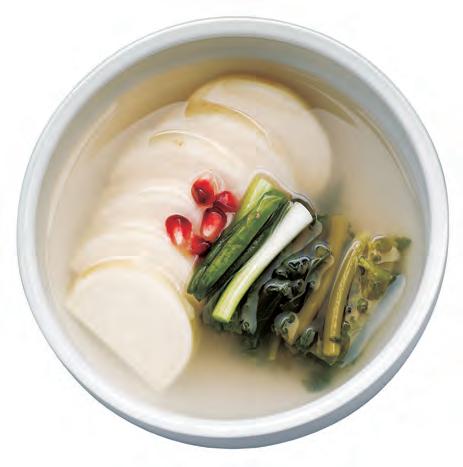

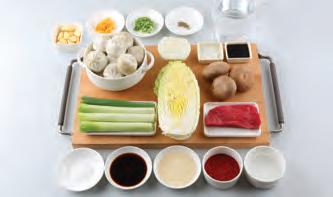






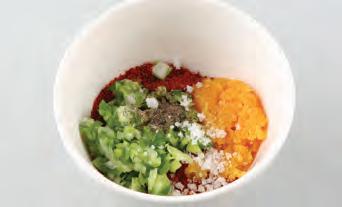


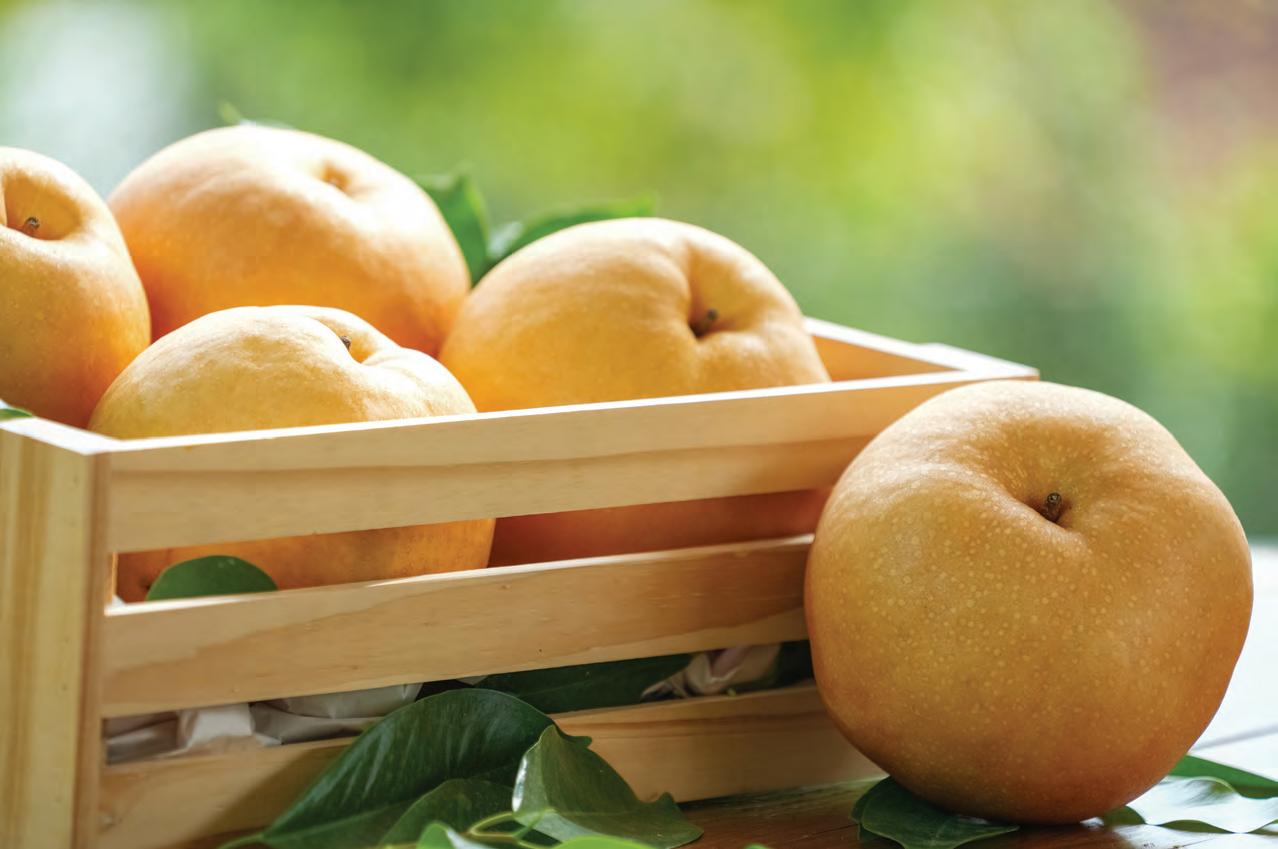









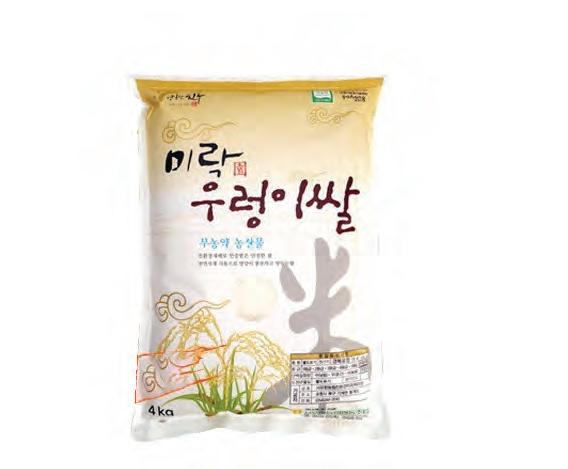















Avulsed ulnar styloid process
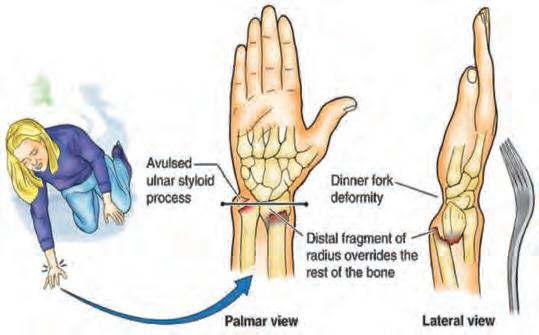
Dinner fork deformity


Distal fragment of radius overrides the rest of the bone
Lateral View PalmerView
[Distal Radius Fracture]


















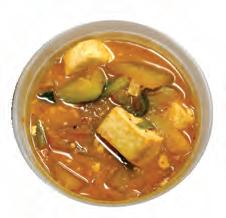





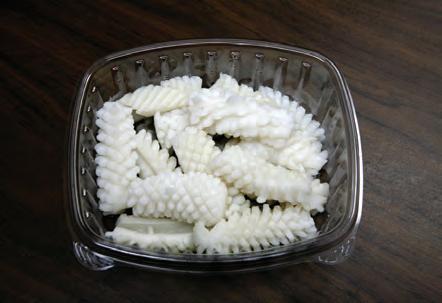

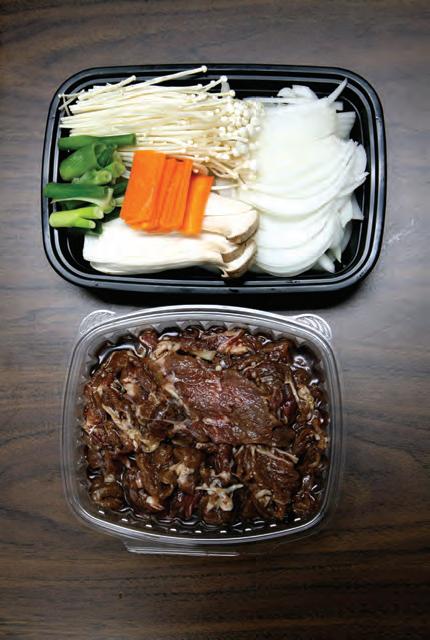





















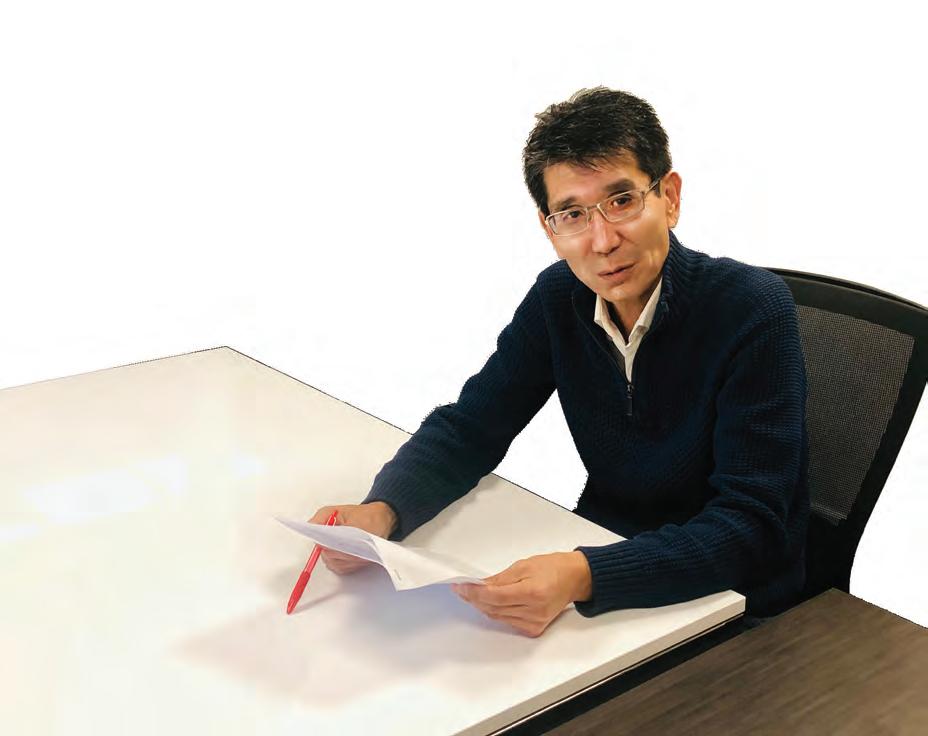

















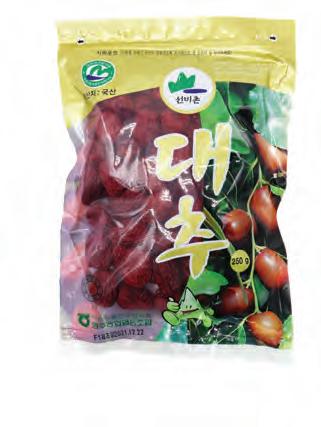









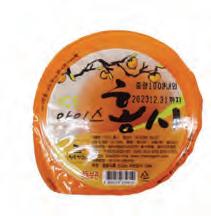


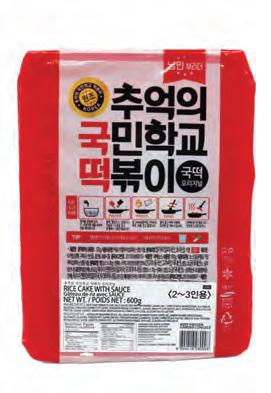
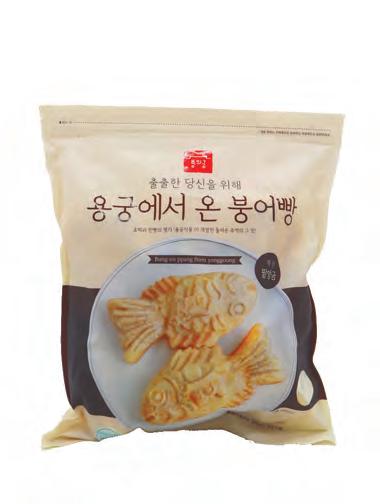




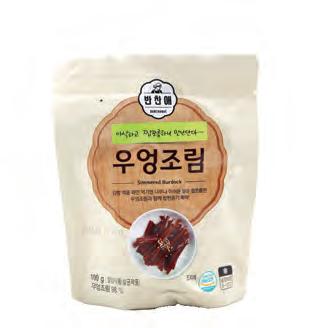

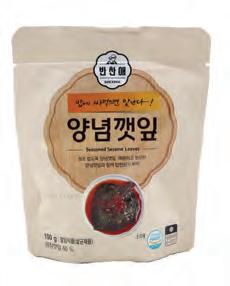










신상품을 소개합니다. 갤러리아슈퍼마켓 전 지점에서 만나보세요! <The WITH>에 상품 소개를 원하시는 분은 사진(300dpi이상)과 상품설명을 newsletter@koreafood.ca로 보내주시기 바랍니다.

